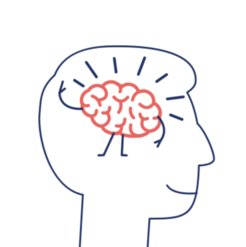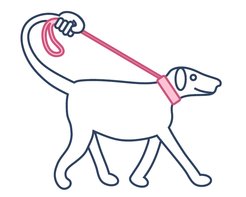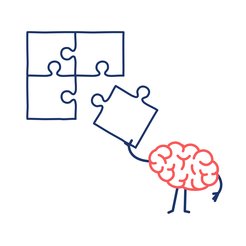Boosting decision making
Using behavioral sciences to help people make good decisions by and for themselves
What is boosting?

Boosting is a policy approach that targets people‘s competences to help them make good, informed decisions by and for themselves. A boost is an intervention that enlists human cognition, the environment, or both to foster people‘s existing competences or develop new ones. Boosts are designed to help you strengthen your own brain. There are many different kinds of boosts for different kinds of domains.
Lateral reading on the internet and social media
Information on the web may be incomplete, inaccurate, or biased. When assessing the credibility of information online, many people make the mistake of reading vertically: They stay on the site and explore its features. For instance, they check whether the name of the organization or the logo seems legit. But these markers can be easily manipulated to look credible and authoritative.

That’s why professional fact-checkers use lateral reading to judge the credibility of information online instead.
Lateral reading is easy to do. Rather than staying on the site, open new tabs. Turn to the broader web and seek additional information: Look for research articles, specific people named on the webpage, and newspaper articles to assess the website's credibility, reputation, and funding.
For more information, check out the Stanford History Education Group’s video about lateral reading.
Self-nudging
Self-nudging is a technique derived from behavioral science that anyone can use to enhance self-governance.
Many commercial environments are designed to hijack people’s attention and drive their desires. For instance, the modern food environment uses inexpensive, calorie-dense, and nutrient-poor foods to promote excessive consumption. The online world is also rife with traps: Who has not caught themselves emerging from a rabbit hole of Twitter threads after initially intending to simply send a quick message?

Self-nudging is a boost that aims to empower people to design their own decision environments and thus to choose if and how they want to nudge themselves. It applies insights from the nudging approach, but with a crucial difference: In self-nudging the person doing the nudging and the person being nudged are one and the same. Self-nudging therefore sidesteps several concerns raised against nudging, such as paternalism and manipulation.
You have probably already acted as your own choice architect without even realizing it: Maybe you’ve banished your favorite cookies to the back of the cupboard so you don’t eat them all at once, or you’ve placed your alarm clock on the other side of the room so that you have to get out of bed to turn it off. Simple self-nudges like these enable you to become your own choice architect and help you achieve your own goals.
Learn more

To learn more about boosting, check out the FAQ section of our website (scienceofboosting.org). We also have a list of key papers. To stay up to date on the latest research, follow us on Twitter @ScienceBoosting.




